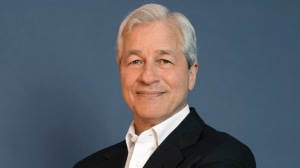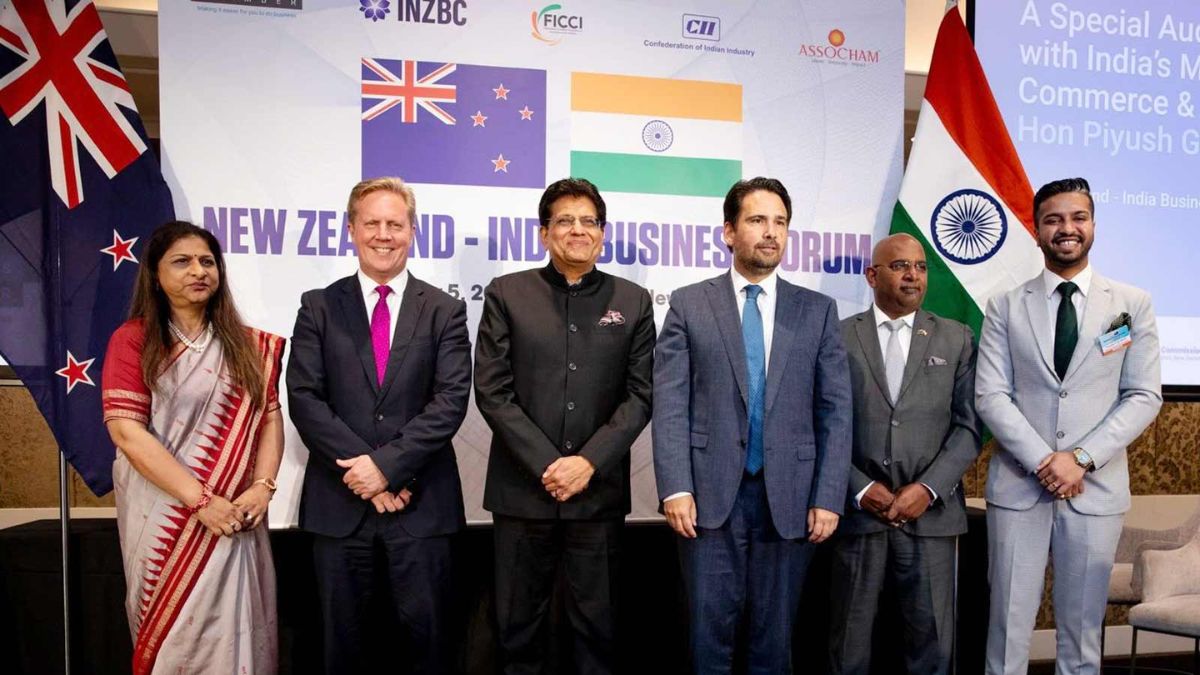International Equal Pay Day 2025: Getting paid for equal amounts of work and effort seems like your basic right, but in the practical world, there is a significant gap in the compensation men and women receive for comparable work. The gender pay gap has become a global concern and slowing down not just career progression for women, but also affecting a nation’s growth and development.
When Nina Dobrev revealed she walked out from The Vampire Diaries as she wasn’t paid equally to her male co-stars, Ian Somerhalder and Paul Wesley, it struck a chord with many women who face similar or even worse pay disparity at their workplaces. Back home, Bollywood stars like Priyanka Chopra, Deepika Padukone, Madhuri Dixit, and Dia Mirza have voiced concerns around this pertinent issue.
According to World Inequality Report 2022, there is a substantial disparity in labour income in India with men earning 82%, while women earning only 18%. In the US, things are better, but not ideal. According to Pew Research Center, women in the US earned 85% as much as men for every hour they spent working in 2024, an improvement compared to 40 years ago when in the mid 80’s women earned only 65% as much as men for every hour of paid work.
Why International Equal Pay Day is celebrated
Achieving pay parity is an important goal for the United Nations and the international organisation has included it in its Sustainable Development Goals (SDGs). Every year on September 18, this UN observance reminds everyone to contribute towards this longstanding effort towards the achievement of equal pay for work of equal value.
In the absence of pay parity, women face increased poverty and economic insecurity, especially at the time of retirement, due to lower lifetime earnings and a widening gender pay gap. Women also face a “motherhood penalty,” which can slow down their career progression, forcing them to take up low value work. The underutilisation of their talent in the long run can affect a nation’s growth and development.
According to Pew Research Center, men and women usually begin their careers at the same wages or salaries, but as they progress through their work lives, women lose ground, due to their household duties, especially in the case of working mothers.
According to the United Nations, ingrained inequalities may cause the gender pay gap. Women, especially migrant women, are overrepresented in the informal sector, leading to low-paying, unsafe working conditions without social benefits.
Women also perform three more hours of daily care work than men, including household tasks and caring for children and the elderly. The motherhood penalty increases pay inequity, with working mothers getting lower wages, particularly with the increase in number of children. Gender stereotypes, discriminatory hiring practices, and promotion decisions also contribute to pay inequalities, as per UN.
How to bridge the gap
The United Nations is making efforts to bridge the gap. The Equal Pay International Coalition (EPIC) led by the ILO, UN Women, and OECD aims to achieve equal pay for women and men everywhere. EPIC supports governments, employers, workers, and their organizations to make concrete and coordinated progress towards this goal.







